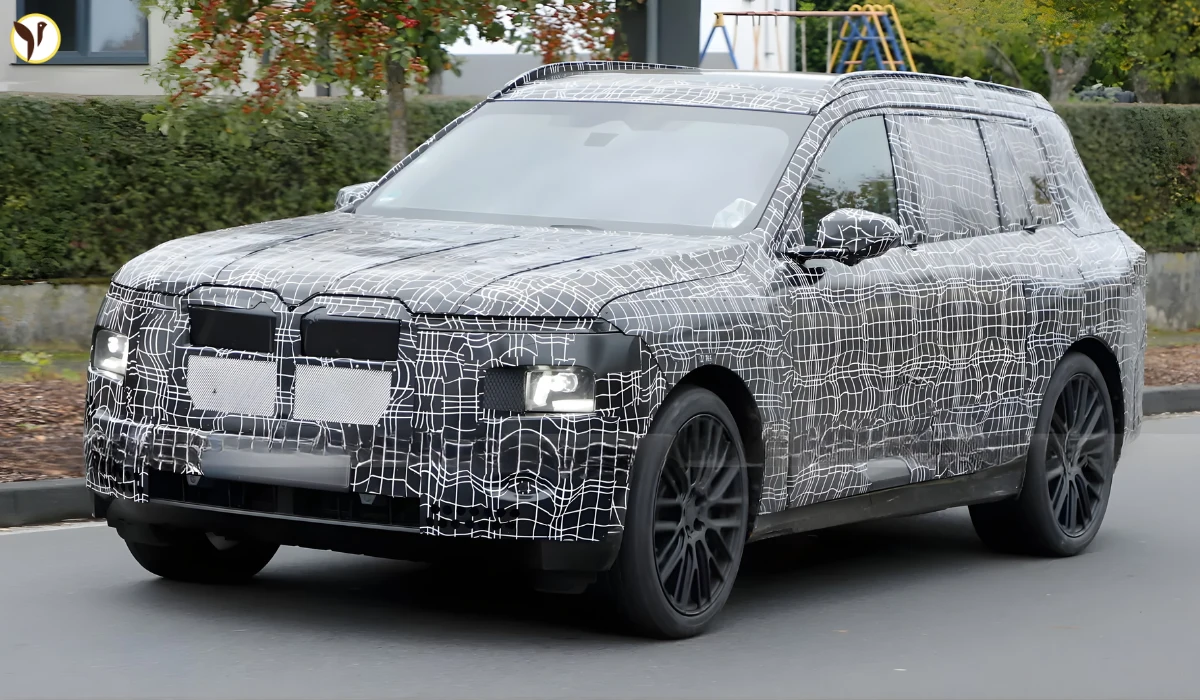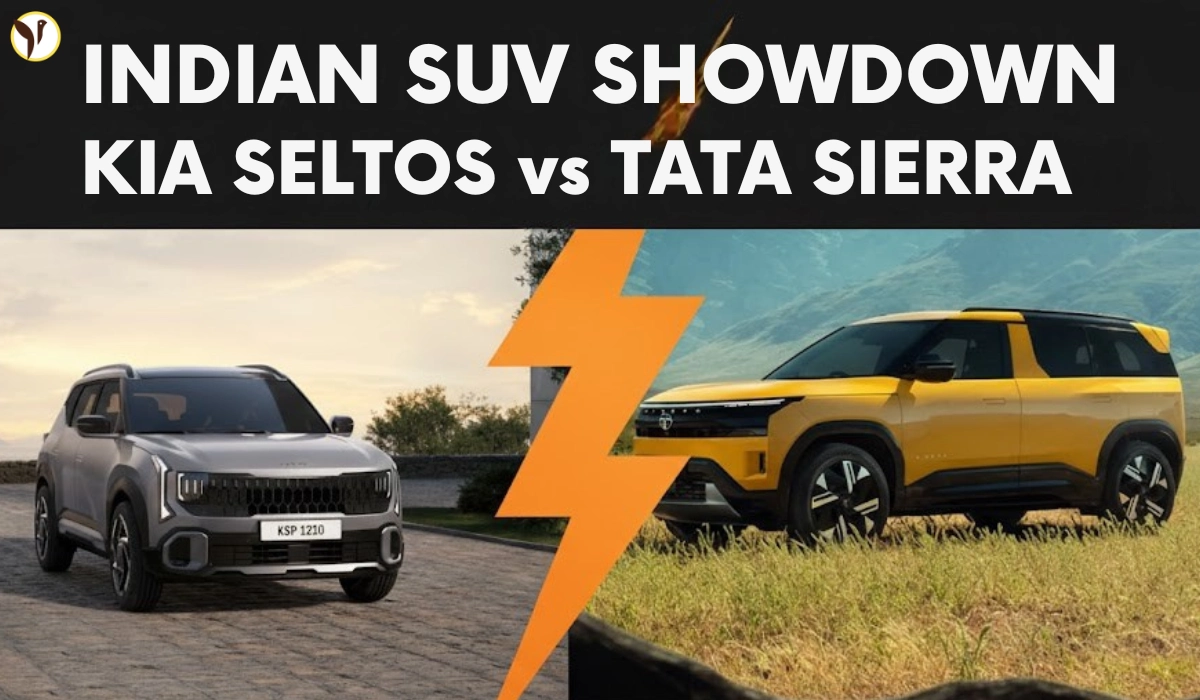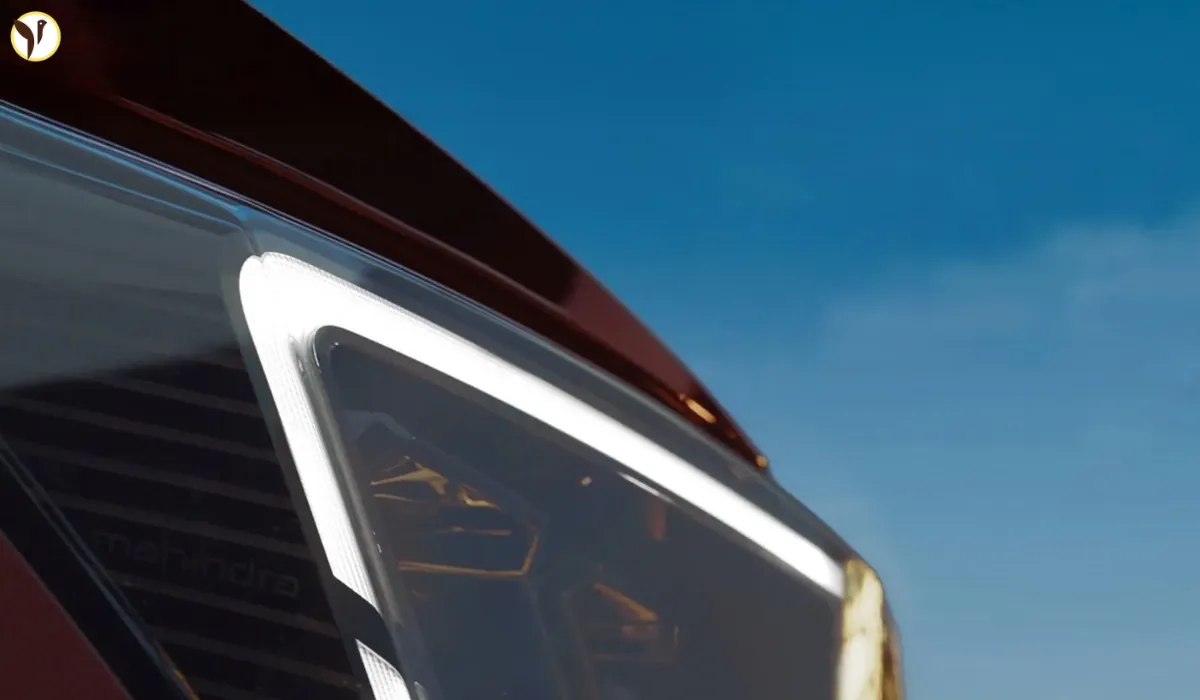The drama in the EV space continues--this time, nobody wanted to be talking about Tesla, but it is smack at the heart of one of the biggest user backlashes of the year. Imagine cruising in Autopilot on a highway with your playlist playing, and then, without a warning, your Tesla hits the brakes hard--with no traffic in front of you.
That is the unfortunate reality for thousands of Tesla owners, and it appears over 10,000 owners have filed lawsuits against the company alleging they are covering up a problem that is being referred to as "phantom braking."
This is not just an inconvenience; it is a serious safety situation. Some users stated that they have nearly been involved in rear-end collisions when the vehicle has stopped abruptly. Some users reported having panic attacks while driving. And, it is interesting that even with Tesla's over-the-air updates, they seem to be plagued by the issue--like ghosts in the vehicle.
When self-driving cars are supposed to make life easy, Tesla's glitch is doing just the opposite--becoming the poster child of erasing trust in automation, and is likely placing lives at risk.
The Legal Firestorm Is Only Getting Larger
Tesla is dismissing any issue as "known behavior" of a system that is still learning - courts are starting to listen to the users instead.
A federal judge in the United States ruled recently that Tesla could not escape part of the lawsuit related to phantom braking and specifically that it actively concealed the problem. The judges stated that Tesla had the internal data and enough customer reports from a variety of sources to know this was a widespread problem and simply failed to be transparent.
Meanwhile in Austraialia, over 10,000 owners have come together in one of the largest EV-related lawsuits ever filed in that country. Many of these drivers are alleging not only sudden braking, but system crashes and erratic behavior when driving under the most basic of driving conditions.
This kind of global legal momentum may give regulators the impetus to take a more aggressive stance, especially with U.S-based safety watchdogs already investigating Tesla's Autopilot and braking systems. Ultimately, the costs to defend against these civil lawsuits may be greater than just paying settlements and settlements may have played a role in damaging Tesla as a perception of a tech leader.
What Exactly is Causing Phantom Braking? Let’s Break it Down.
Starting in 2021, Tesla has been removing radar from vehicles and implementing a “Tesla Vision” camera-only system, which might be at the root of the problem.
Possible causes of phantom braking include
- Cars mistake shadows, signs, bridges or trucks as objects
- the system reacts aggressively to totally benign changes in lighting or lane patterns.
- Tesla Vision does not use radar so it lacks the depth perception radar systems have.
- Sudden changes in weather like fog or sunlight glare confuse the sensors.
- The majority of incidents come from highway driving with autopilot on
So the same system that is designed to make driving safer is making it unexpectedly stressful.

Why This Matters to All Car Buyers
Even if you don't plan to buy a Tesla, this class-action suit deserves your attention. It raises a larger issue in the auto industry: how quickly we trust AI not only to drive our cars but also to take action on our behalf in the event of an emergency without being fully responsible for it.
Why you should care
- Automation has become standard—even in less expensive consumer models.
- AI-braking errors could lead to insurance difficulties and create difficulty in accident investigations.
- The acceleration of EV adoption is contingent upon driver trust which is precarious at the moment.
- Other vehicle manufacturers may be accelerating the same technology with less testing.
Simply put, whether you have a Tesla or a Toyota, this case could impact how your next car drives—and who is at fault.
Source(Image / Thumbnail): carscoops









